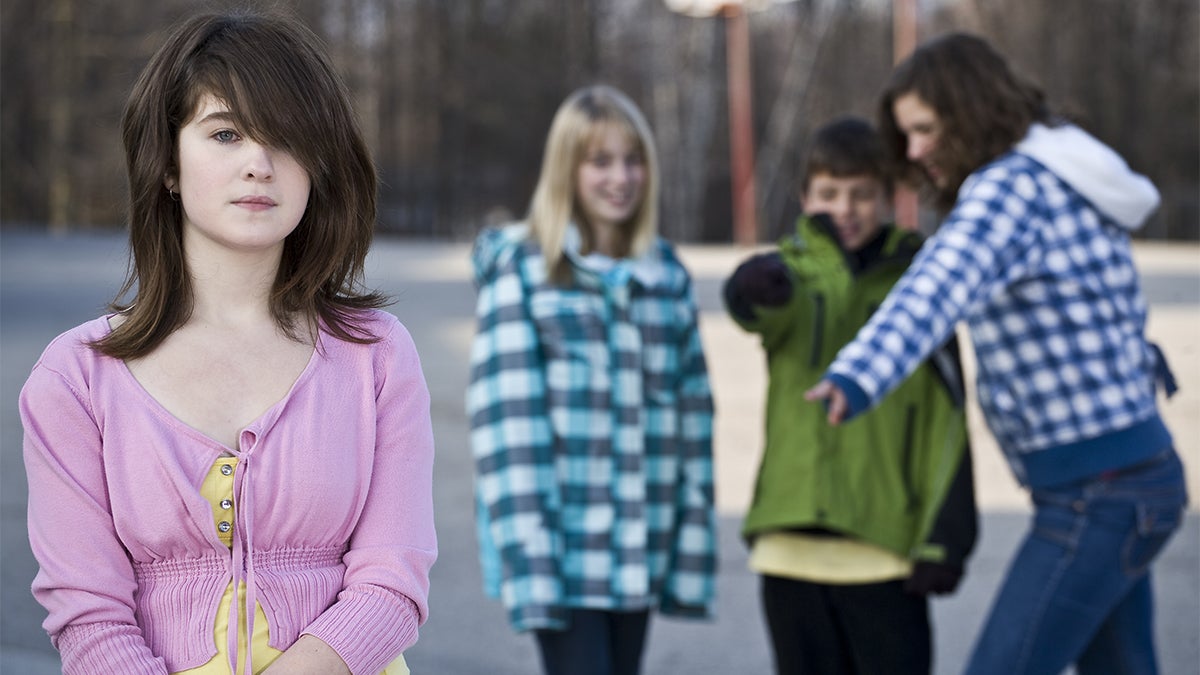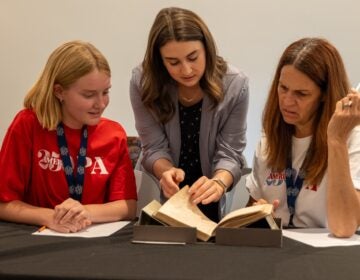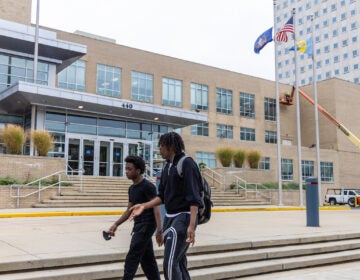Student-led campaigns reduce bullying, conflict in NJ middle schools
Listen image via shutterstock) " title="shutterstock_79721407-copy" width="1" height="1"/>
image via shutterstock) " title="shutterstock_79721407-copy" width="1" height="1"/>
(image via shutterstock)
Schoolyard taunting and cruel jokes in the classroom — and online — are standard fare for many kids. Despite efforts to stem bullying and other forms of conflict, though, little has worked.
Now, a yearlong experiment in 56 New Jersey middle schools suggests handing power back to students is an effective strategy.
Betsy Levy Paluck, a social psychologist at Princeton University, said her team designed an anti-conflict program that was a bit like a grassroots campaign that let students take control.
“We gave them a lot of ideas about how to get their message out,” she said. “But we let them design the messages themselves and come up with ideas about what was making them feel uncomfortable at their school.”
Instead of stifling social media — often seen as a culprit — many students used it to their advantage. Groups of about 20 to 30 randomly chosen kids in each school developed novel hashtag slogans and plastered walls with hashtag-decorated posters. At other times, the same kids handed out branded wristbands to fellow classmates when they witnessed good behavior.
After a year, conflict fell by an average of 30 percent in schools with campaigns compared with control schools. The findings were published Monday in the journal PNAS.
“We were extremely impressed by those results,” said Rutgers University sociologist Hana Shepherd, a co-author on the study. “Conflict is a really hard problem to solve. Having an intervention that is able to create that kind of behavior change is really exciting.”
By mapping the social networks of each school beforehand, researchers also found that more successful schools had more high-profile students involved in the campaigns.
“The greater the percentage of these highly visible students in the intervention group, the more behavior change that we see,” said Shepherd.
The students exerting outsize influence were roughly twice as effective as their less connected peers in reducing conflict, said Paluck. Those kids aren’t necessarily the most popular, she said, but many did have older siblings, were already dating, and had received compliments on their house.
“Students are noticing that some of these really influential people are taking a stand against conflict or saying things against behaviors like making racial or ethnic jokes, or standing up against rumor mongering,” said Paluck. “It changes your idea about the types of behaviors that are common and the types of behaviors that are rewarded.”
In that way, she said, even a small group of students can alter the social norms of a school. The team is still working on figuring out the best way to quickly identify these social drivers, but the basic curriculum is already available online for any school to use.
WHYY is your source for fact-based, in-depth journalism and information. As a nonprofit organization, we rely on financial support from readers like you. Please give today.




